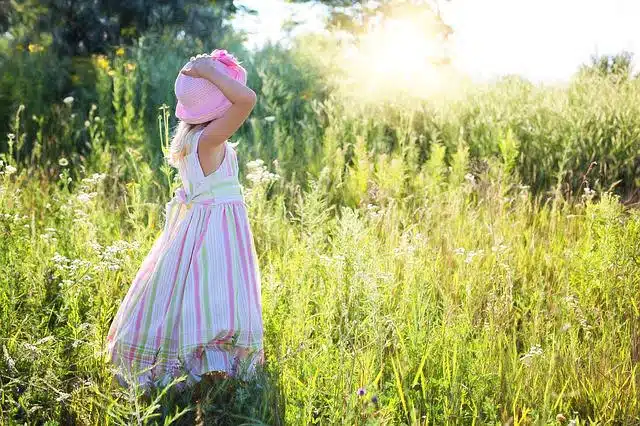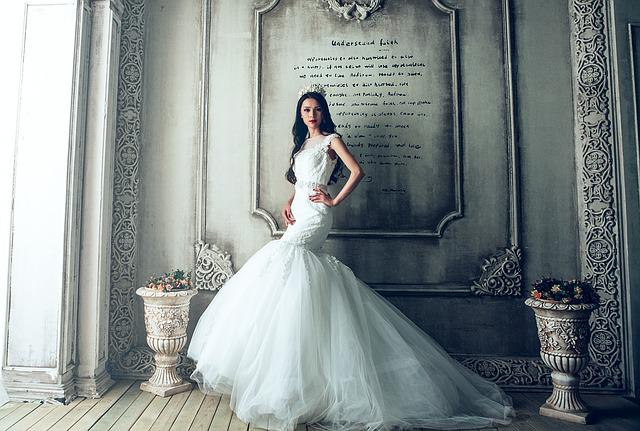
A dress is a garment that covers the body.
From the Latin vestitus , a dress is a garment (or set of garments) used to cover the body. The concept can be used as a synonym for clothing , clothing , clothing or attire , although it is generally used to name the one-piece suit worn by women.
The dress fulfills two basic functions: it protects from weather conditions (cold, heat, rain, etc.) and it covers the private parts of the body that, due to modesty, are not exhibited in public. Dresses, however, have a deeper meaning in today's society since fashion and trends reflect a social role . Clothing can be used as a means of expression and communicates, whether consciously or unconsciously, something about the personality of the wearer.
Historical development of dress
The first dresses were made with animal skins and hides or with leaves and large plants tied to the body.
Over time, different types of natural (such as cotton or silk ) and synthetic (such as polyester ) fibers and fabrics began to be used. Currently there are so-called smart garments, capable of changing their color or generating energy.

The wedding dress carries symbolism.
Clothes for special occasions
There are also special dresses that are used only once in a lifetime but that have a great symbolic value. The wedding dress or wedding dress is the one that women wear during their wedding. The color and style depend on the culture and religion of the bride.
In the Western world, the wedding dress is usually white as it symbolizes purity. Mourning dresses , on the other hand, are black and reflect the sadness and pain that women feel when they suffer the loss of a loved one.
Evolution of women's clothing
It is imprecise to summarize the history of women's clothing in a single text, given the cultural differences of each country; Therefore, the focus of this review will be from a fundamentally Western perspective.
Over the years, human beings have given different functions to clothing , from protection to ostentation, and for various social issues, women have always had a leading role in this matter; This does not mean that their situation has been simpler or more convenient than that of man.
Social changes
It is important to note that, historically, society has tried to reduce women to an object worthy of being admired and decorated , to a servant who had to fulfill her obligations and keep a smile on her face. For centuries, women's clothing has not stood out for its comfort, but for its ornamentation and its shapes, which had a merely superficial objective. But shortly after the period known as Belle Èpoque , which ended at the beginning of the 20th century, a revolution took place that sought to give women the freedom to dress for themselves, and not for men.
This aesthetic change was closely linked to the fight for women's rights and for their recognition as beings equal to men before the Law. The search for their inclusion in voting and in the world of work led to the need for more comfortable clothing. , less complicated to wear (some old dresses required the help of several people to put them on) and with a functional nature.
First of all, the skirt was shortened by almost fifty percent, covering the legs to the knees. Furthermore, thanks to the work of Coco Chanel (a visionary couturier of French origin) two-piece suits and pants appeared in the 1930s. Also very important, the dimensions and designs of underwear were adapted to this new social reality.
In just a few decades, the dress went from being the eternal feminine attire to a garment suitable for parties and meetings. Today, it is necessary to affirm that there are millions of women who have never worn a dress and who never will, whether for reasons of taste or ideology.
